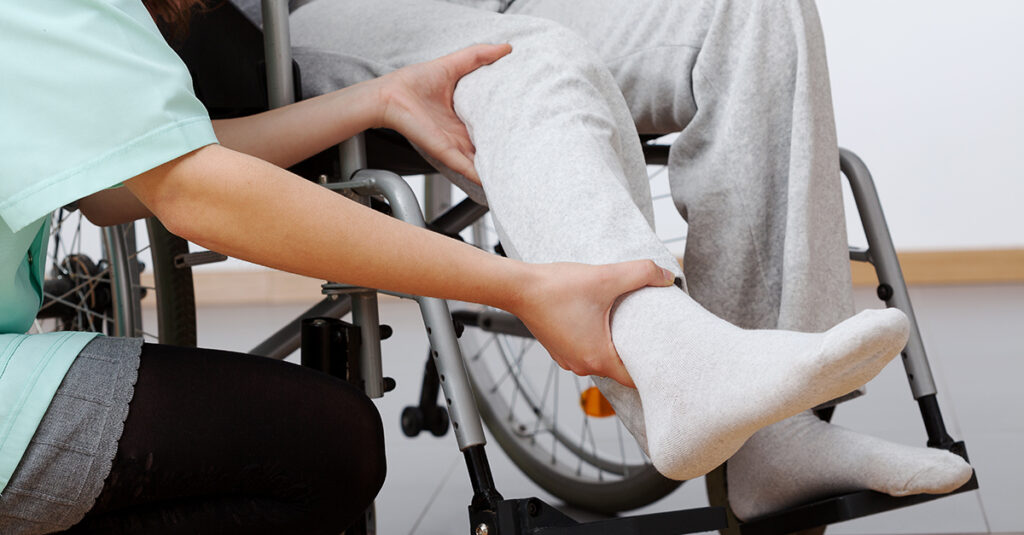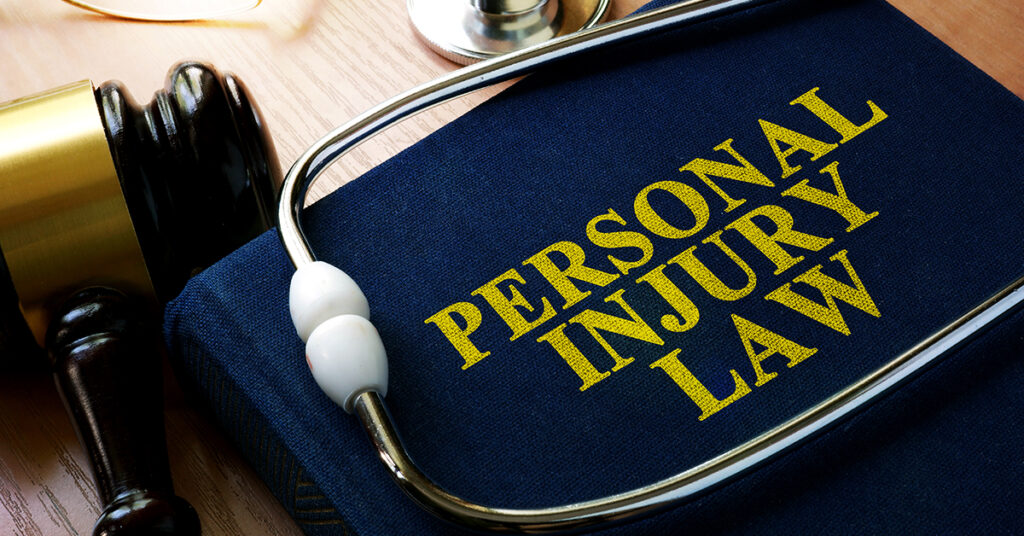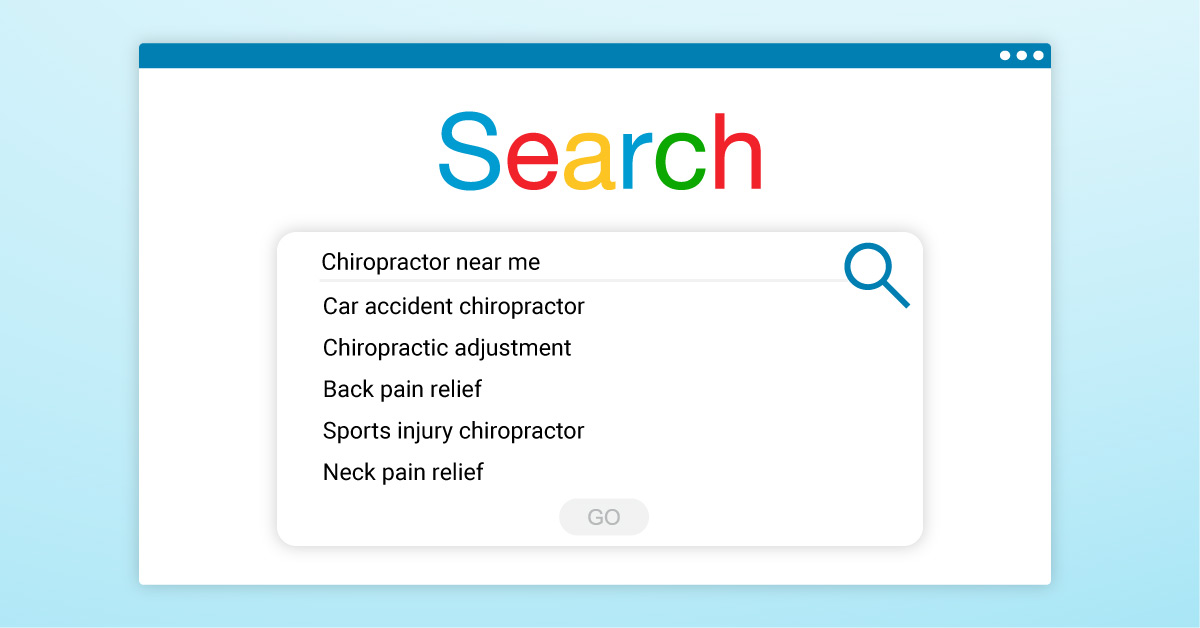What’s Preventing Your Personal Injury Marketability?
Dr. Tauber is the COO and Director of Education at the American Institute of Personal Injury Physicians. He has over 30 years of experience in both healthcare practice and consulting. A sought-after national guest speaker at med-legal conferences and state association events, he has also been published in national journals. Dr. Tauber is the creator of the “Personal Injury Success Blueprint System” designed to help providers overcome their PI obstacles and quickly improve success.
What if there was a way to improve your marketability and attract more personal injury (PI) patients to your office without ever having to leave your office or meet with a PI attorney? Marketability is very different than marketing, and without it, your marketing processes may not be as effective.
If you’re like most providers, you don’t turn away any PI patients from your practice (including existing patients), but you also don’t actively market for PI patients either.

You enjoy the reimbursement and financial rewards that personal injury can offer, yet you’re not exactly sure about all the nuances of PI including the evaluation software, value drivers, documentation, and case management.
You wouldn’t mind treating more trauma-based patients, but you’re not sure how to handle reduction requests, depositions, interpleaders, attorneys, or the med-legal arena.
If any of those ring true, here are a few suggestions to begin improving your marketability, understand PI nuance, and expand. I know it sounds too good to be true, but it happens every day.
First, as a physician you’re already great at getting patients better, that’s a critical component of any PI case. However, what many providers don’t realize, by itself, it’s just not enough to improve your marketability.
Second, over the years as both a practicing physician and consultant, I have identified 3 common PI marketability “killers” that prevent providers from actively or passively receiving more PI patients at their practice.
Let’s take a look.
1. You Don’t Know What You Don’t Know
Very few if any of us received personal injury education or training in professional school, and even if you did, it’s outdated. Personal injury is a part of a practice that constantly changes and if you’re not keeping up with it, you will start to fall behind. Being behind the curve has a direct effect on your marketability.
Another consideration is that PI is just a piece of most providers’ overall practice, a sub-specialty, along with other types of patients and financial classes. This many providers may only see a small number of cases a month or even less frequently than that. In this scenario “less is not more.” The less you manage PI cases, it does not make you more proficient, it only exposes you to more potential ramifications.
In addition, PI cases are often littered with both small and large “land mines” which, if you’re unaware of them, can have a direct impact on you.
These can include, liability limits, UIM, MIST cases, pre-injury records, post-injury treatment and bills, pre-existing conditions, onset delays, and gaps in care, for starters.
In addition, there are a number of “characters” in PI that don’t necessarily impact your group health insurance and wellness patients. These include but are not limited to, automobile insurance carriers, that have a different way of analyzing your patient’s symptoms, your bills and records, and your care and treatment.

Next would-be personal injury attorneys, that have an obligation to their clients, even if you may have referred the patient to them for representation.
In my view, a good understanding of those components is the basics and building blocks of PI marketability. You don’t need to be an accident reconstructionist, expert in physics, or epidemiology.
In order to get yourself in the game, you must actively seek out PI information. Currently, there are plenty of courses available online or through established chiropractic university programs.
No matter if you are well established in practice or just starting out, begin with a basic set of courses. I would also suggest going through any PI course(s) multiple times since there will always be new concepts and considerations that can get missed the first time around.
2. It’s Not About the Treatment
Wait, what? Of course, your treatment is a vital aspect of PI cases and your patient’s recovery, but its importance related to marketability is less significant than many think.
What could be more important than getting patients better and back to pre-injury?
Personal injury marketability is about understanding and performing the other constantly moving pieces such as case management, co-management, and clinical documentation.

As mentioned earlier, your cases are evaluated by a different set of insurance carriers. These carriers scrutinize your documentation and management up, down, and sideways.
So, unless you’re up-to-date on documentation and management, not only will it prevent patient treatment and limit case management options, it will decrease your marketability.
To have any prospect of improved marketability, it is critically important to understand the many implications and components of PI-specific documentation. Here is just one non-treatment-related documentation consideration.
One of the biggest marketability “killers” I observe in nearly every provider’s patient record is failing to document all the post-injury symptoms. Often there is a disconnect from what the patient initially reports, (the symptoms on the intake forms) to what a provider puts into their initial history and treatment note.
Every one of your patient’s injuries, conditions, and symptoms have an associated value in personal injury cases. This also includes those conditions that may be outside your scope of practice or those you may be unsure of how to treat and manage.

Therefore, missing, over-looking, or avoiding their documentation directly impacts several aspects of the overall case. But specifically, how does it relate to your PI marketability?
First, when symptoms are not documented your patient may not receive appropriate or necessary care and treatment. This can lead to chronic pain or even permanent injuries.
Second, without appropriate documentation, a representing attorney or even the insurance carrier will not have a full understanding of the patient’s post-injury condition. This may create a reduction in the outcome potential.
A corrective step includes taking the time at the beginning of your cases to thoroughly evaluate and document your patients’ injuries. Patients are relying on you to not only get them better but to understand the variables of personal injury so they can be made whole and compensated for their injuries. A majority of the ability to do so comes from a provider’s clinical documentation.
Considering that without the right provider documentation, your patient won’t be too happy about their possible denial of care and treatment for their injuries. Also, consider their attorney won’t be pleased about the lack of compensation for any overlooked injuries. This will result in a declination of any marketability and patient or client referrals.
3. Consistency
The third marketability “killer”, consistency is often a forgotten part of the entire process.
Consistency is a result of continual application, practice, and dedication. In your personal injury cases, it is often the last piece of the process for providers to master.
The process of improving your marketability includes consistency of clinical effort and being consistent in your documentation. But it also comes from you systemizing critical aspects of the PI process, which improves reliability and predictability.

One way to do this is to take a step back and review all your procedures before moving forward. Begin with the initial patient contact, all the first day activities, re-examination visits, everything, all the way through their release from care.
Identify the critical steps that should and must be completed in every one of your cases and begin to create a safety net document.
Including your team members in this process is an excellent opportunity to bring in other ideas and help identify hidden areas of inconsistency. This document is something you can continually use and update to ensure all steps are reviewed, completed, and have accountability with team members.
By taking proactive steps to enhance your PI marketability you can significantly improve your practice’s revenue, profitability, and add tremendous future value. Or there’s always Medicare…
Learn More About ChiroMatrix and APIP
Would you like to learn more about how AIPIP and ChiroMatrix are working together to help chiropractors achieve their goals? Get a free website audit to learn how to improve your website and generate more personal injury patients. Identify your #1 PI practice growth obstacle, go to aipip.com right now and take our short quiz. We’ll send your results right away.



